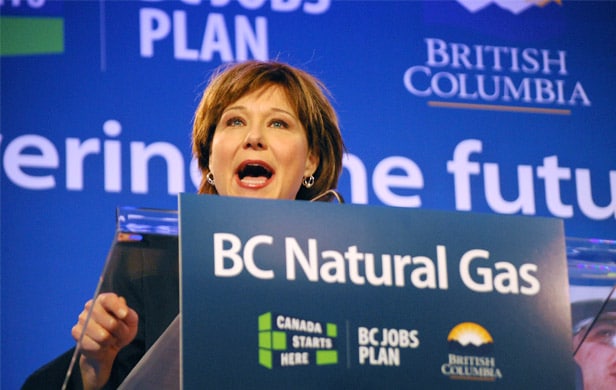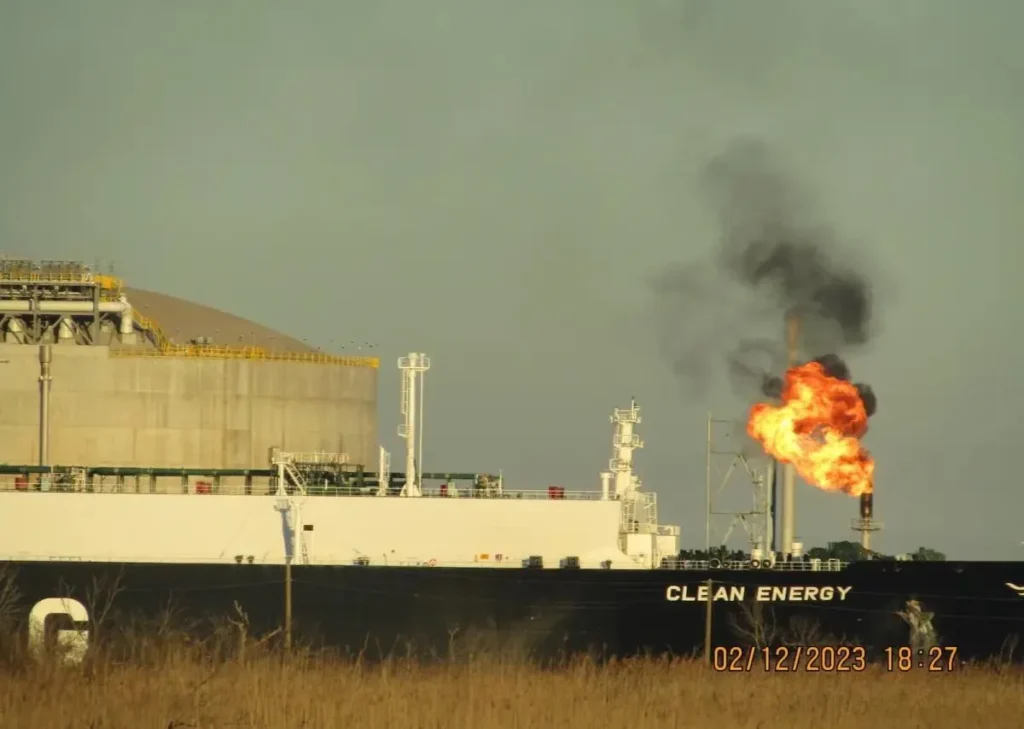Count on Hawaii — tied for No. 1 as the the state with the highest percentage of renewable energy — to deliver yet another blow to B.C.’s lofty liquefied natural gas (LNG) ambitions.
On July 15, the state’s public utilities commission recently shot down a proposed $4.3 billion takeover of the Hawaiian Electric Companies (which provide 95 per cent of the state’s electricity) by Florida-based NextEra Energy in a 265 page ruling.
NextEra, the largest provider of the wind power in the U.S., was positioned to play a key role in financing the importing of 800,000 metric tons per year of LNG from FortisBC’s Tilbury LNG storage facility in Delta for use in an upgraded power plant on the west coast of Oahu.
The deal, struck in May between a Fortis subsidiary and the Hawaiian Electric Company, would have lasted for 20 years beginning in 2021. The LNG would have been exported by WesPac Midstream via its proposed terminal on the Fraser River.
But Hawaii has committed to 100 per cent renewable energy by 2045 — only four years after the LNG contract would expire — which was a major factor in the utilities commission’s decision to reject the takeover.
26 Million Tonnes of CO2 Rejected
Voters Taking Action Against Climate Change (VTACC) estimates the 20-year deal could generate 26 million tonnes of carbon pollution.

The contract between the Fortis subsidiary and the Hawaiian Electric Company was cancelled shortly after the decision by the utilities commission.
There were five major components to the verdict, including concerns about benefit to ratepayers and maintained competition. While there wasn’t a specific reference to the impacts of importing LNG as a factor in kiboshing the proposal, the commission clearly stated the parties didn’t “adequately disclose their plans” on meeting Hawaii’s clean energy targets.
Renewables For Profit Over Diversification?
In what could be taken as a bit of a passive-aggressive slight, the commission concluded the section by noting that it was “left to speculate whether this was simply an oversight, or, possibly, indicative of a predisposition for utility-scale solutions.”
NextEra has been criticized for its tendency to only favour renewables “when it serves its own profit goals.” A major subsidiary, Florida Power & Light, has opposed rooftop solar installations and donated to astroturf groups that allegedly attempt to confuse customers.
In June 2015, Hawaii Governor David Ige introduced a series of energy bills, one of which attempts to “democratize renewable energy” by allowing renters and condo owners to buy electricity from sources such as community-based solar farms. Such an approach seems to stand in stark contrast from that of NextEra.
At last count, 17 per cent of Hawaiian Electric customers have rooftop solar, including 32 per cent of customers on Oahu, the most heavily populated island.
Hawaii Utilities Commission Shoots Down Plan To Import #LNG from B.C. https://t.co/f80g49d9jx #bcpoli #cdnpoli pic.twitter.com/JwytsLfpBH
— DeSmog Canada (@DeSmogCanada) July 25, 2016
B.C. a “Big Megaproject Kind of Government”
Washbrook adds that Hawaii’s approach also serves as a rebuke of sorts to the way the B.C. government has approached energy policy in recent years.
“They’re a big megaproject kind of government: whether it’s Site C dam or the Massey Bridge. With LNG, they’re looking for the home run that’s going to do everything,” he says. “They’re slowing scaling back their expectations: a year ago it was going to be everyone’s hip replacement would be paid for by LNG and ‘if you want better schools we better have LNG.’ And it’s not just how the world works anymore.”
In February 2015, FortisBC announced a 10-year contract with BC Ferries, helping justify the company’s $400 million expansion of its Tilbury facility that began the previous October.
In June, the company noted: “A further expansion at the Tilbury LNG facility would be required if a recently announced agreement to supply 800,000 metric tonnes of LNG annually to Hawaiian Electric moves forward.”
Review Process for LNG Allegedly Undermined
In late 2013, the B.C. government issued an exemption to FortisBC’s expansion plans, something then explained by minister of energy and mines Bill Bennett as: “Government wanted to get out of the way and allow the transportation fuel component of the LNG industry develop quickly.”
Then, in June 2015, the federal government decided that B.C. should head up the environmental assessment of the proposed $175 million WesPac LNG terminal in spite of a recommendation from the Canadian Environmental Assessment Agency that the project warranted a federal review.
Washbrook emphasizes that such decisions have undermined the processes, noting that such proposals should be assessed in a cumulative fashion (something the expert review panel of the Canadian Environmental Assessment Agency will figure out in future months).
“It’s ironic that in Hawaii, it was the utilities commission that said ‘we’re not going to allow you to import LNG because it’s not in the public interest,’” Westbrook says. “B.C.’s fettering of its utilities commission of doing its role and it was up to some other jurisdiction’s utilities commission to say ‘no, this is a bad idea.’ It kind of came back to bite them.”
Image: Province of B.C./Flickr
Subscribe to our newsletter
Stay up to date with DeSmog news and alerts







